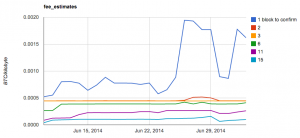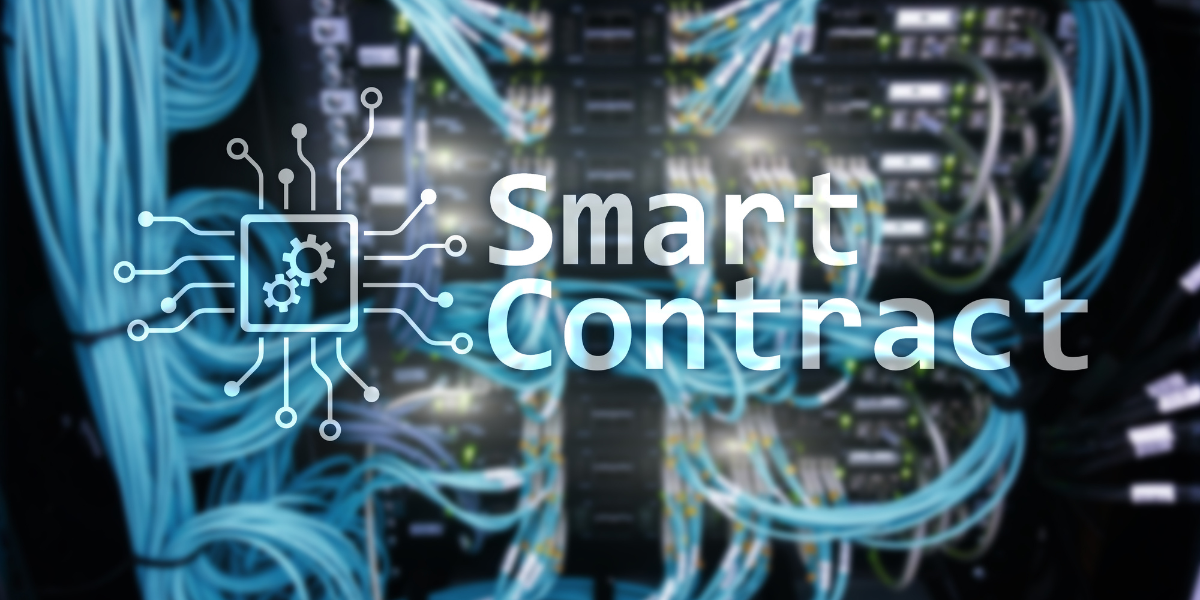According to Andresen, the updated code “observes how long transactions are taking to confirm” and then estimates the appropriate fee level for a timely transaction. Users can also now control the priority of their transactions, allowing low-priority transactions to pay a smaller fee in exchange for being included in later blocks. For instance: A user can set this new parameter, “txconfirmtarget,” to the default of “1” for a transaction to be included in the next block, or decide that confirmation within the next six blocks is fine by changing the setting to “6.”
Given that most transactions will be processed relatively quickly for including any miner fee at all, the net result should be that high-priority transactions are almost always included in the next block, while lower-priority ones will generally be processed as quickly as they are today.
Andresen also addressed a point from the last release that confused many: Lowered transaction fees.
A while ago the hard-coded “minimum relay fee” in Bitcoin Core was dropped to 0.00001 BTC/kb, and that was mis-reported as “Core developers lower fees.” The minimum relay fee is an anti-spam measure, that keeps somebody from flooding the network with 1-satoshi-fee transactions that miners would never include in their blocks. … You can send a transaction with a 0.00001 BTC fee, and it will get relayed across the network. But it will take it a very long time to be confirmed. When it does get confirmed, it is probably because it is high priority, and not because of it’s fee (high-value transactions that re-spend older bitcoins are highest priority, which means any transaction gets higher and higher priority the longer it waits to be confirmed).
Under the new system, a low-fee transaction would be even more likely to confirm quickly.














